Al Pacino's deeply-felt rumination on Shakespeare's significance and relevance to the modern world through interviews and an in-depth analysis of "Richard III."
Related Movies
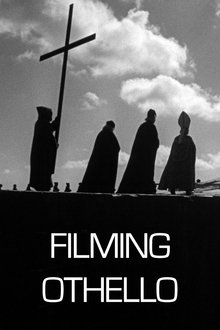
Filming Othello (1979)
Filming Othello is a 1978 documentary film directed by and starring Orson Welles about the making of his award-winning 1952 production Othello. The film, which was produced for West German television, was the last completed feature film directed by Welles.
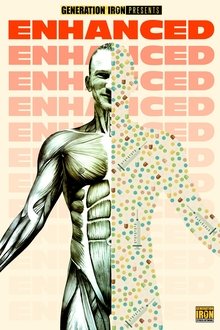
Enhanced (2019)
How far are you willing to go to enhance your body and your life? Testing a diverse cocktail of illegal performance enhancing drugs throughout his life - bodybuilder an entrepreneur Tony Hughes, also known as Dr. Tony Huge, aims to prove that steroids are the next logical step to further human evolution. Chronicling a civil and criminal case against his controversial supplement company Enhanced Athlete, Enhanced is a documentary that explores the immense psychological depths of a man who believes that the government has a conspiracy against him and other like-minded individuals. Individuals who are fighting to prove that steroids are not only healthy, but essential if used correctly, and should be legal in the United States to improve our quality of life.
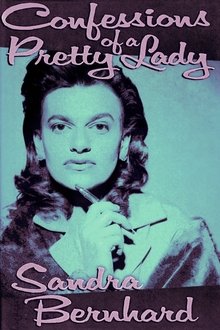
Sandra Bernhard: Confessions of a Pretty Lady (1994)
Bernhard, an actress-comedienne whose brassy humor attracts a cult-like following, here offers a semiconfessional view of her life's landscape. Childhood memories of her father, a doctor, and her mother, an artist, are warmly rendered in scenes of the Jewish family amiably accommodating itself to the Christmas season, and of the obligatory communal vacations joined by colorful relatives. The abrupt transition to a flamboyant denizen of "downtowns," Los Angeles or New York, to an existence as a character in the lives of marginal people, is evoked in sharply satirical terms, in a melange of humorous fact and fiction, monologues akin to those that make Bernhard an icon of pop culture.

The Stratford Adventure (1954)
This short film depicts how a small Canadian city, bearing the name of Stratford and by a river Avon, created its own renowned Shakespearean theatre. The film tells how the idea grew, how a famous British director, international stars and Canadian talent were recruited, and how the Stratford Shakespearean Festival finally became a triumphant reality.

4 Performances by Marina Abramovic 1975-1976 (1996)
Documents four of Abramovic's solo works, exercises in which her body is the vehicle for a rigorous testing of the self — violently brushing her hair and her face, vocalizing until she can no longer breathe, intoning a stream-of-consciousness flow of memories, moving to a drumbeat until she literally drops from exhaustion.
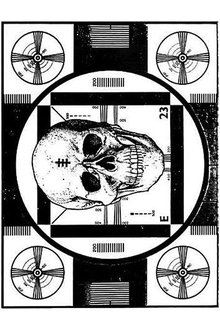
Psychic TV: First Transmission (1982)
For over 30 years, the so-called First Transmission video from Psychic TV, has been the stuff of, well, “snuff film” legend. First advertised in the back pages of Thee Grey Book , The First Transmission was an ultra weird touchstone of the underground VHS tape trading scene of the 1980s.
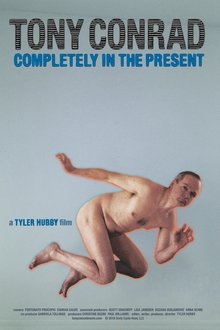
Tony Conrad: Completely in the Present (2016)
Feature documentary on the pioneering life and work of iconoclastic filmmaker/musician/composer/artist Tony Conrad.
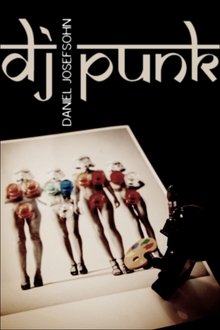
DJ Punk: The Photographer Daniel Josefsohn (2018)
Nobody captured the atmosphere of 1990s Berlin better than German photographer Daniel Josefsohn, who died in 2016 at the age of 54, leaving his mark in advertising with his irreverent aesthetic and punk sensibility. It was his spontaneous, imperfect images shot for an MTV campaign in 1994 that first made him famous.
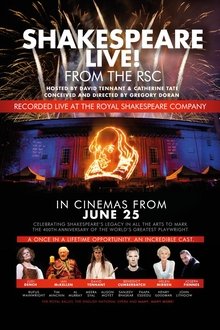
Shakespeare Live! From the RSC (2016)
From the stage of the Royal Shakespeare Theatre, David Tennant, Catherine Tate and guests mark the life of William Shakespeare on the 400th anniversary of the playwright's death.

Shakespeare: The Hidden Truth (2013)
Was the legendary playwright William Shakespeare really the author of his acclaimed plays? Or was he just a straw man working for a secret society? Norwegian organist and researcher Petter Amundsen claims to have a solid theory on the subject. Shakespearean scholar Robert Crumpton decides to travel to Norway to meet him.
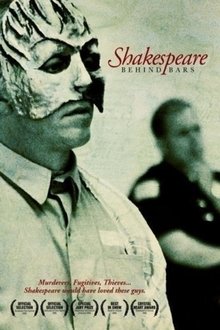
Shakespeare Behind Bars (2005)
Twenty male inmates in a Kentucky prison form an unlikely Shakespearean acting troupe.

Cela s'appelle l'amour (1989)
The theme of Romeo and Juliet is the starting point from which the film spins a web of several stories. A love story between a boy and a girl whose families are Algerian: they are young, beautiful and they are trying to build a family and a social life in France. They love each other, and yet conflicts, family pressure and contradicting desires alternately tear them apart and unite them. The story of Romeo and Juliet, minus death.
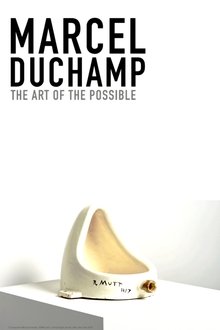
Marcel Duchamp: The Art of the Possible (2020)
A remarkable walk through the life and work of the French artist Marcel Duchamp (1887-1968), one of the most important creators of the 20th century, revolutionary of arts, aesthetics and pop culture.
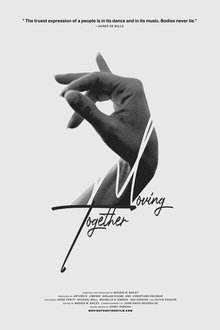
Moving Together (2023)
Moving Together is a celebratory love letter to music and dance that brims with kinetic life and energy. This documentary explores the intricate collaboration between dancers and musicians, moving seamlessly between Flamenco, Modern, and New Orleans Second Line.

Rwanda & Juliet (2016)
A feature documentary set in Kigali, Rwanda, the epicenter of the genocide that left a million dead two decades earlier. The film follows eccentric retired Dartmouth Professor Emeritus, Andrew Garrod, as he mounts Romeo and Juliet with college students from both Hutu and Tutsi backgrounds. Hopes, expectations, pasts, personalities and cultures collide as opening night approaches.
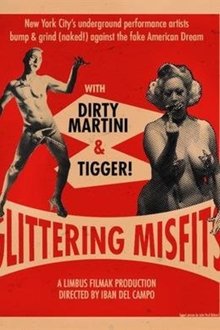
Glittering Misfits (2019)
Dirty Martini and Tigger!, stars of the New York underground scene, reveal some of the secrets of their provocative and remonstrative forms of artistic expression in New York’s Off-Off-Broadway. Meanwhile, they will help us to understand from their everyday intimacy the reasons, the struggles and the keys that keep them in their place as the figures and references of the burlesque revival, more than 20 years after the phenomenon exploded in the New York of the 90s.

DEVO (2024)
Originally formed amidst the chaos of the 1970 Kent State anti-Vietnam War protest killings, the not quite new wave band Devo scored a hit with "Whip It" and gained mainstream success with their message of societal "de-evolution."
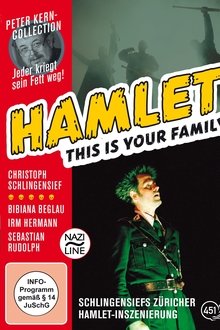
Hamlet: This Is Your Family (2001)
A provocative and ironic pamphleteering documentary about the making of Christoph Schlingensief’s Nazi-'Hamlet’ (2001). Both a media event and a form of political action Schlingensief let ex-neo-Nazis play themselves. His provocation in so-called Nazi-free Switzerland was not appreciated and when he added fuel to the flames by calling for the local political party SVP to be banned, his media offensive made front-page news far beyond Switzerland.
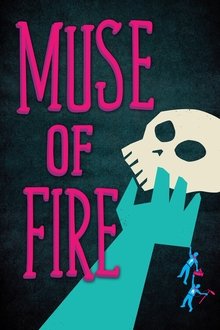
Muse of Fire (2013)
Funny, passionate, exciting, and smart: ‘Muse Of Fire’ will change the way you feel about Shakespeare forever. This unique feature documentary follows two actors, Giles Terera and Dan Poole, as they travel the world to find out everything they can about tackling the greatest writer of them all. Together they have directed and produced an inspiring film that aims to demystify and illuminate Shakespeare’s work for everyone: from actors, directors and students of all disciplines, right through to the? man on the street? Denmark with Jude Law, Baz Luhrmann in Hollywood, Prison in Berlin, and on the street with Mark Rylance. Think Shakespeare is boring? Think again!
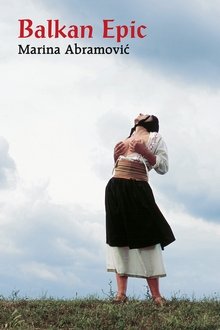
Balkan Erotic Epic - Single Channel Version (2005)
The film explores the sexual aspects of Serbian folklore. Ancient myths that have trickled into everyday household remedies or explanations are juxtaposed with the joys of the female and male sexual forms from which all human life originates. Functioning as both sexual liberation and reinvented modern myth, Balkan Erotic Epic is a display of the need for a cultural change in viewpoint around sex.